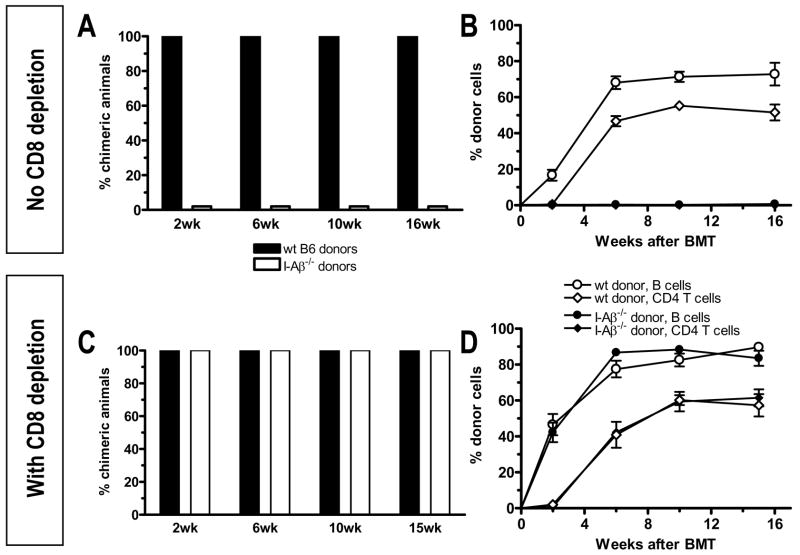Figure 1. Requirement for direct CD4 alloreactivity for CD8 tolerance.
(A) B10.S mice received a wild-type B6 or I-Aβ−/− BM graft after conditioning with TBI and anti-CD154. The incidence of mixed chimerism for the B cell lineage at indicated time points is shown. Chimerism was defined as ≥5% donor MHC class I positive cells among B220+ B cells. One representative experiment out of two is shown (n = 7 animals/group per experiment). (B) The percentage of donor chimerism ±SEM over time is shown for B cells and CD4 T cells in peripheral blood of both groups shown in panel A. (C) Mice were treated as described for panel A. In addition, they received one dose of anti-CD8 mAb. CD8 T cells were <0.5% of lymphocytes in white blood cells by 2 weeks after BMT. The incidence of chimerism for the B cell lineage is shown at indicated time points. One representative experiment out of two is shown (n = 6–7 animals/group per experiment). (D) The percentage of donor chimerism ±SEM over time is shown for B cells and CD4 T cells in peripheral blood of the groups shown in panel C. In all animals, B cell chimerism is similar to chimerism of myeloid cell lineages, and CD4 T cell chimerism is similar to CD8 chimerism (unless CD8s were depleted).

